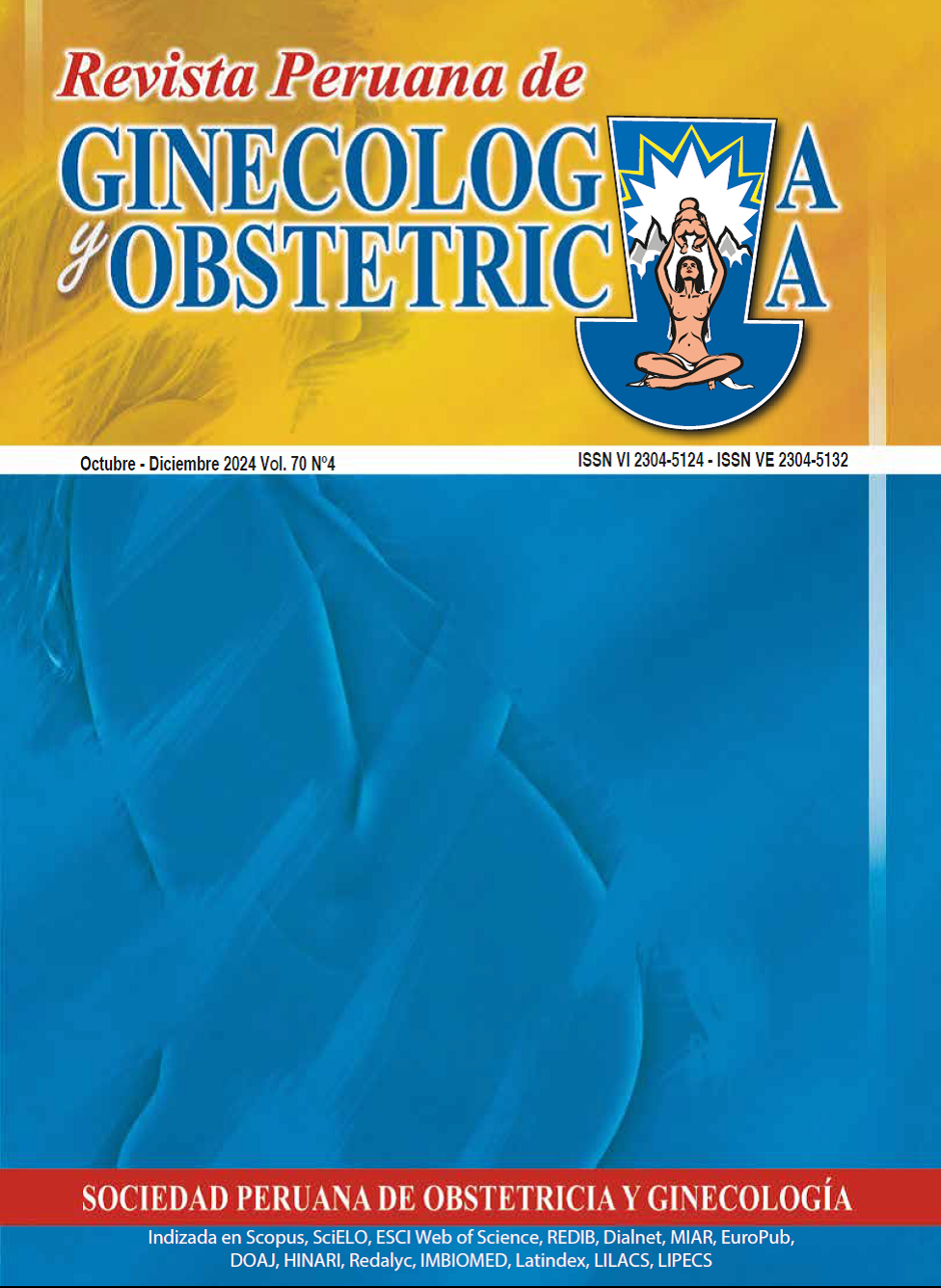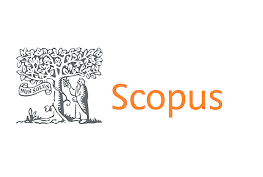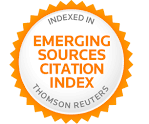Is a safety checklist necessary for vaginal birth?
DOI:
https://doi.org/10.31403/rpgo.v70i2689Keywords:
Checklist, Parturition, Natural childbirth, Patient safetyAbstract
Introduction: Vaginal to delivery care is a complex, multidisciplinary process that
requires institutions that provide safe and efficient surveillance of pregnant women.
In obstetric practice, the physician frequently makes critical decisions in a short period
of time and adverse events may occur. Within the framework of the WHO World
Alliance for Patient Safety whose aim is to reduce risks during the delivery process,
the use of safety checklists has been promoted as a strategy to reduce maternal
and neonatal death. Objective: To elaborate a Vaginal Birth Safety Checklist (VBSC)
to be applied to all pregnant women admitted to San Bartolomé hospital for her
delivery care. Methodology: To design a correct sequence of procedures and useful
actions to improve the safety of the pregnant woman during her stay, including the
periods of dilatation, expulsion and immediate puerperium, using a questionnaire
addressed to the different members of the health team involved in the care of both
the mother and the newborn. Some questions to the patient are also included.
Results: Systematized care is achieved, communication between the care team and
the patient is improved, decision-making is favored, risks are identified, and delivery
care is standardized. Conclusion: The VBSC is a valuable tool for optimizing safety
and quality in vaginal delivery care, the success of which will depend on how it is
integrated into clinical practice.
Downloads
Downloads
Published
How to Cite
Issue
Section
License
Copyright (c) 2024 Juan Orestes R amírez Cabrera, Edson Valdivia, Elizabeth Rojas Lara, Lara1,c, David Cornejo Falcón, Betsy Micol Zapata Díaz, Edy Vera Loyola, Darwin Ayala Céspedes

This work is licensed under a Creative Commons Attribution 4.0 International License.
Esta revista provee acceso libre inmediato a su contenido bajo el principio de que hacer disponible gratuitamente la investigación al publico, lo cual fomenta un mayor intercambio de conocimiento global.















